Maintenance Tips for Pressure and Temperature Gauges
Pressure and temperature gauges
are essential instruments used across various industries to monitor and control
processes. Proper maintenance of these devices is crucial to ensure accurate
readings, reliability, and longevity. Regular maintenance not only helps
prevent equipment failures but also ensures the safety of operations. Here are
some essential tips for maintaining pressure and temperature gauges.
1. Regular Calibration
One of the most critical aspects
of maintaining pressure and temperature gauges is regular calibration. Over
time, gauges can drift from their original settings, leading to inaccurate
readings. Calibration should be performed according to the manufacturer's
recommendations or industry standards. Regular calibration ensures that the
gauges provide accurate measurements, which is vital for process control and
safety. It's best to use certified calibration equipment and follow a
documented procedure to maintain traceability and consistency.
2. Visual Inspection
Regular visual inspections are a
simple yet effective way to maintain the health of your Low Pressure Gauge.
Check for any visible signs of damage, such as cracks in the lens, corrosion,
or leaks. Inspect the connections and fittings for any signs of wear or
leakage. If the gauge has a dial, ensure that it is not sticking and moves
smoothly. Any abnormalities should be addressed immediately to prevent further
damage or potential failure.
3. Cleanliness
Keeping gauges clean is essential
for accurate readings and longevity. Dust, dirt, and other contaminants can
affect the performance of the gauge and the readability of the display. Use a
soft, dry cloth to clean the surface of the gauge, and avoid using harsh
chemicals that could damage the components. For gauges in harsh environments,
consider using protective covers or housings to shield them from debris and
environmental factors.
4. Proper Installation and
Handling
Improper installation and
handling can lead to gauge damage and inaccurate readings. Ensure that gauges
are installed according to the manufacturer's specifications, paying attention
to the recommended torque settings for fittings and connectors. Avoid using excessive
force when installing or removing gauges, as this can damage the threads or the
gauge itself. Use the appropriate tools and techniques to handle gauges,
especially delicate components like sensing elements.
5. Monitoring for Vibrations and
Pulsations
Excessive vibrations and
pulsations can significantly impact the accuracy and lifespan of pressure and
temperature gauges. Install dampening devices or snubbers if the gauge is
exposed to high levels of vibration or pulsation. These devices help absorb the
energy and protect the gauge's internal components. Additionally, ensure that
gauges are securely mounted and that any vibrations are minimized as much as
possible.
6. Checking for Leaks
Leaks can compromise the accuracy
of pressure gauges and pose a safety risk. Regularly check the gauge and its
connections for leaks. Use a soap and water solution to detect leaks around
fittings and connectors. If bubbles appear, tighten the connections or replace
faulty components. For temperature gauges, ensure that the sensing element is
correctly positioned and that there are no leaks around the thermowell or other
protective housings.
7. Documenting Maintenance
Activities
Keeping detailed records of all
maintenance activities is crucial for tracking the condition and performance of
pressure and temperature gauges. Document calibration dates, inspection
results, cleaning schedules, and any repairs or replacements. This information
helps identify trends, predict potential issues, and ensure compliance with
industry regulations.
8. Understanding Environmental
Factors
Environmental factors such as
temperature, humidity, and exposure to chemicals can affect gauge performance.
Ensure that the gauges are rated for the specific conditions they will
encounter. For instance, in high-temperature environments, use gauges with
appropriate temperature ratings and protective measures. In corrosive
environments, opt for materials that can withstand the chemical exposure.
Conclusion
Proper maintenance of pressure and
temperature gauges is essential for ensuring accurate readings,
reliability, and safety in various applications. By following these maintenance
tips—regular calibration, visual inspections, cleanliness, proper installation,
monitoring for vibrations, checking for leaks, documenting activities, and
considering environmental factors—you can extend the life of your gauges and
maintain the integrity of your operations. Investing in regular maintenance not
only protects your equipment but also contributes to overall operational
efficiency and safety.
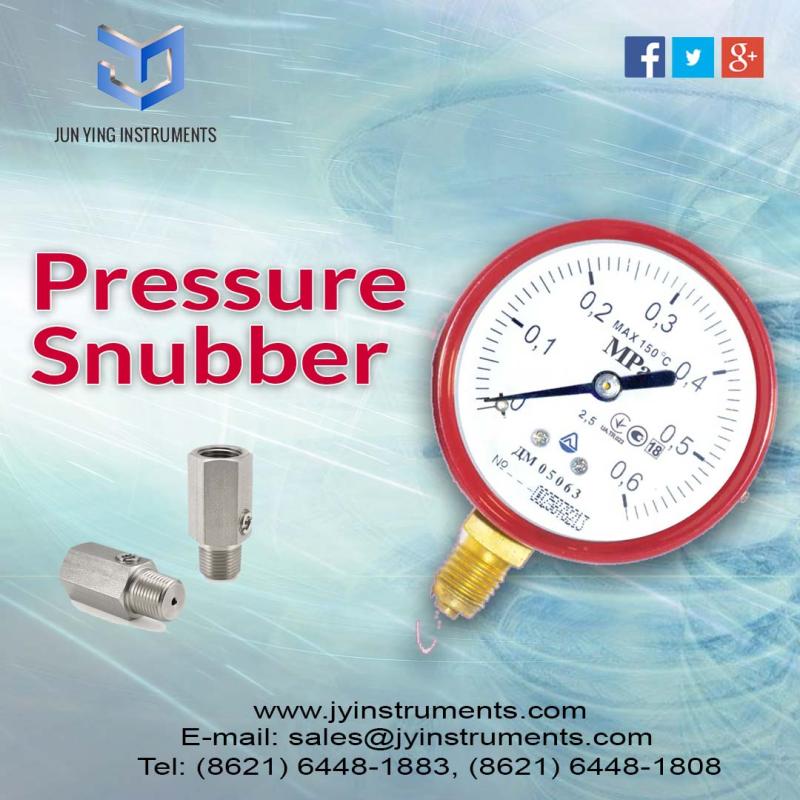

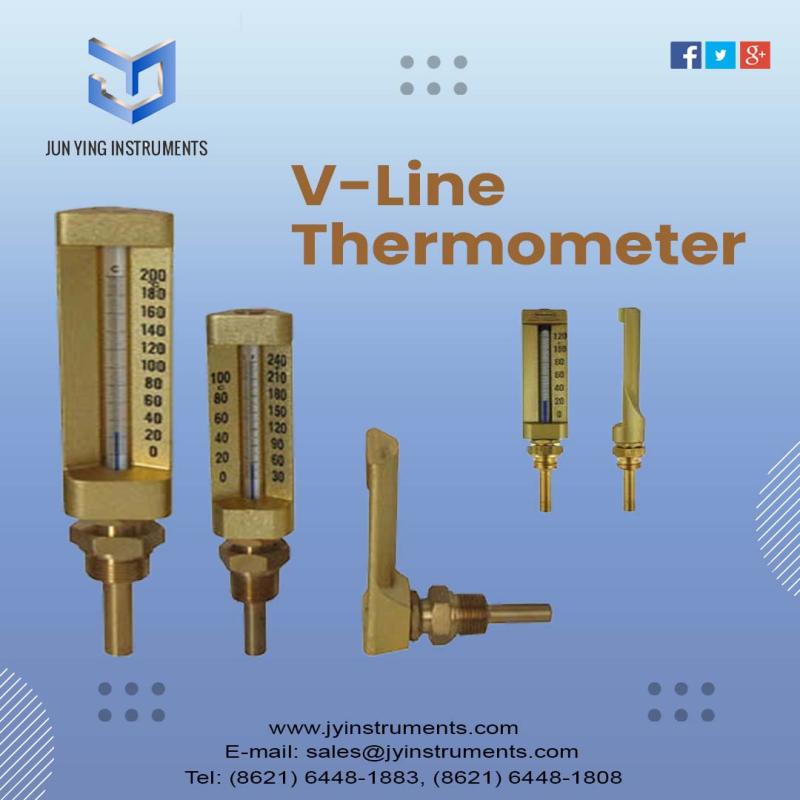

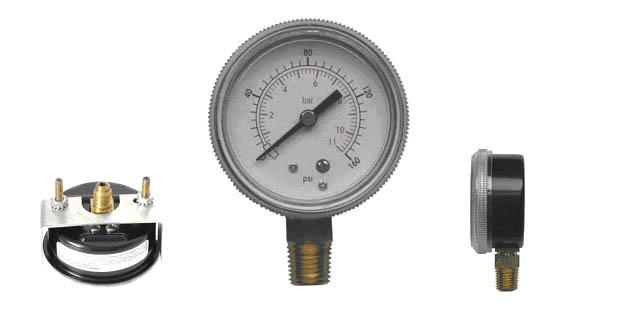
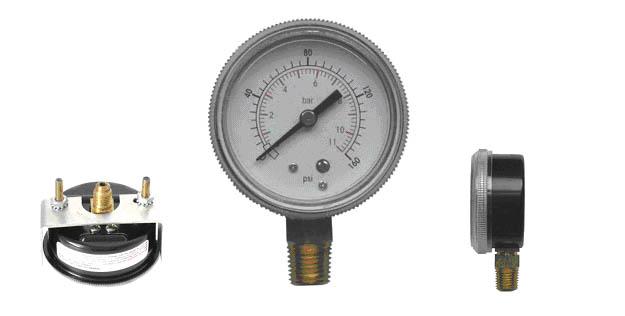
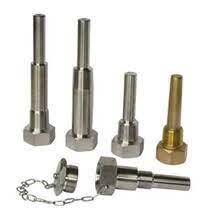
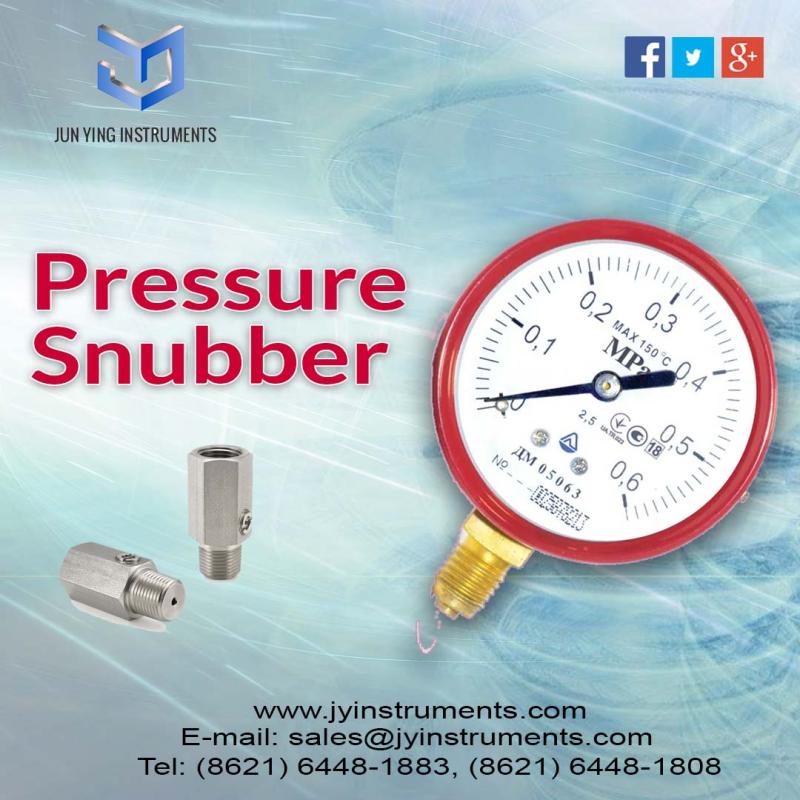

Comments